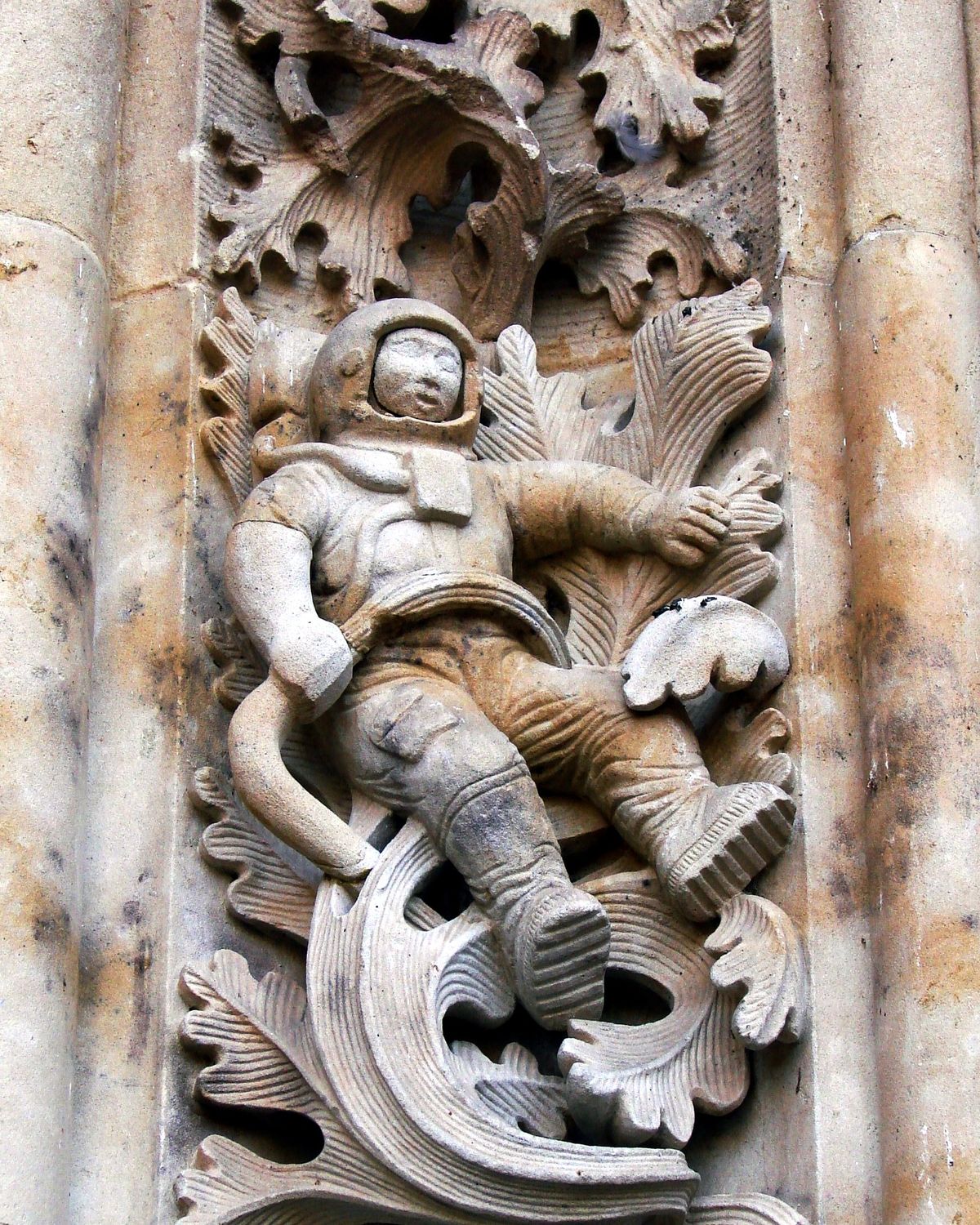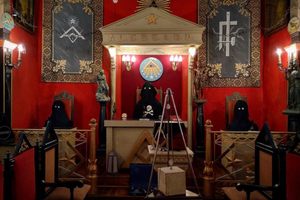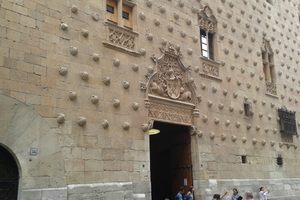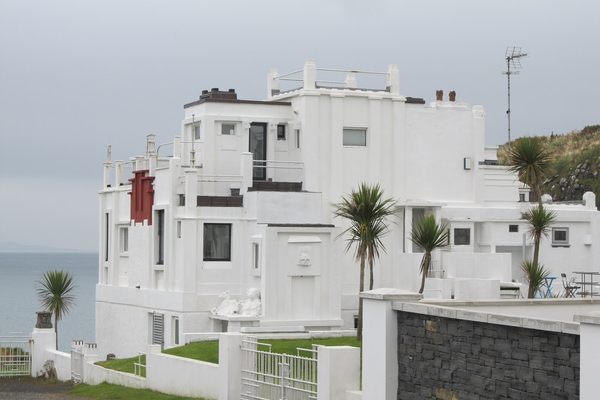About
Nothing is more confusing to archeologists and historians than old hoaxes, hoaxes that are now themselves parts of history.
The crystal skulls, for example, which were "discovered" in the jungles of Belize in the 1920s and said to be 3,600 year old Mayan artifacts, but were actually carved in the 1840s, or the Voynich Manuscript, an undecipherable coded and illustrated manuscript from between the 1300s and 1400s, which is likely a series of gibberish meant to either discredit Jesuit Priest Athanasius Kircher, or possibly to gain fame and fortune for the unknown author.
The thing that makes old hoaxes so frustrating is that they are hard to tease out from their actual history. Something fabricated in the 1600s made to look like it is from the 1400s can be very hard to pick out. The astronaut on the Cathedral of Salamanca is not in fact a hoax, but an approved and modern addition to the Cathedral, however it has all the earmarks of something which may provide for great confusion some 500 years from now.
Built between 1513 and 1733, the Gothic cathedral underwent restoration work in 1992. It is a generally a tradition of cathedral builders and restorers to add details or new carvings to the facade as a sort of signature. In this case after conferring with the cathedral, quarry man Jeronimo Garcia was given the go-ahead to add some more modern images to the facade. He included an astronaut floating among the vines, a dragon eating ice cream, a lynx, a bull, a stork, a rabbit, and a crayfish.
Despite there being clear documentation of the astronaut being a recent addition, the astronaut has already fueled ideas of ancient space travel, and alien interventions in easily influenced minds.
Related Tags
Community Contributors
Published
November 22, 2009





































































